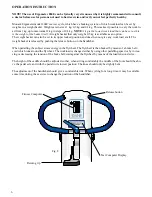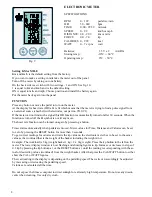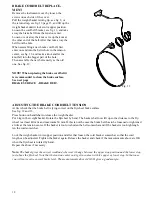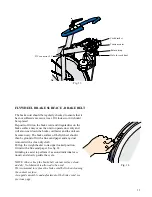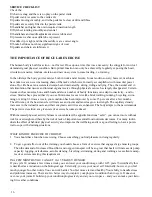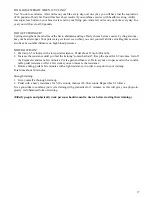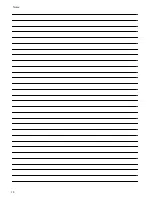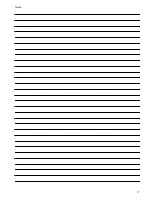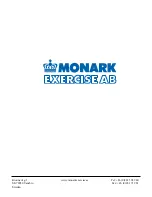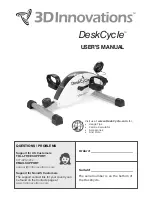
14
CHAIN ½ x 1/8“
It is strongly recommended that a cahin solvent be used to keep the chain clean. Excess dirt built up on the chain
will cause excess wear. A chain lubricant and solvent for normal road bikes may be uaed.
Check the lubrication and tension of the chain at regular intervals. In the middle of its free length the chain
should have a minimum play of 5 mm. See fig 15. When the play in the chain is about 20 mm (<1 inch) the chain
must be tightened otherwise it will cause unnormal wear of the chin and chainwheels. Because of this it is always
recommende to keep the chain play as little as possible. When the chain has become so long that it can no longer
be tightened with the chain adjusters it is worn out and shall be replaced with a new one.
ADJUSTING CHAIN
Remove left and right frame cover.
To adjust the chain the hub nuts should be loosened. Loosening or tightening the nuts on the chain adjusters will
then move the hub and axle forward or backward. Adjust according to above recommendation. Then tighten the
nuts on the hub axle again. See fig 15.
CHAIN REPLACEMENT
Loosen the chain adjusteras much as possible. Dismantle the cahinlock and remove the chain. Put on a new chain
and assemble the chain lock.The spring of the chain lock should be assembled with the closed end in the move-
ment direction of the chain. Use a pair of tongs for dismantling and assembling the spring. See fig 16.
Adjust chain adjusters to chainplay according to above. Tighten axle nuts firmly.
Put on frame covers again.
NOTE: At assembly the flywheel has to be parallell with the center line of the frame
otherwise the chain and chainwheels makes a lot of noise and wears out very rapidly.
Fig. 15
Chainplay
Chain adjuster
Axel nut
Fig. 16
Chain lock
Lock spring






